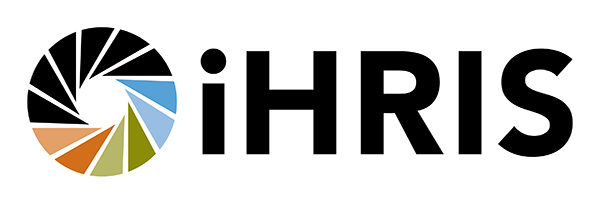Dr. Invocaviths Swai, HRIS Champion
Dr. Invocaviths Swai joined the IntraHealth/Capacity Project Tanzania team in September, as an HR Specialist seconded to the Ministry of Health and Social Welfare (MoHSW). With the Ministry’s five year Human Resources for Health Strategic Plan (HRSP) recently approved, he believes his new position came at the right time.
Dr. Swai brings a unique skill set to the HR Specialist position. He is a medical doctor and a community health specialist who has practiced in some of the most underserved areas of Tanzania. For the last few years, he has worked in administrative posts within the MoHSW — as a district medical officer and then in the central Ministry’s training section. While serving as the District Medical Officer in Tanzania’s Rombo district, Dr. Swai worked with data at district level. With that base of experience, he is a strong advocate for establishing a centralized Human Resources Information System (HRIS) that works effectively with the districts in Tanzania. In his present position, he is the liaison between the MoHSW, local Human Resources for Health (HRH) stakeholders, and the Capacity Project as he provides guidance to implement the MoHSW’s HRSP and organizes HRIS stakeholders. He describes his position as “trying to reach consensus for action and helping stakeholders come together.” He says he will continue to “coordinate all those collecting and using HRH data to have harmonized software use that can facilitate data and information sharing.”
The HRIS in Tanzania is currently being established as a component of the existing Health Management Information System (HMIS), which Dr. Swai describes as “well-managed but with some limitations.” For instance, the HMIS was created to track service management and performance, but not to comprehensively cover human resources management. Although some partners and funders have collected their own Human Resources data, this data is not readily available to all stakeholders. In addition to this, maintenance of the current system is time and labor intensive. Dr. Swai believes that these combined factors have created the need for a “unified database using software that facilitates sharing from a common source - one that is more user-friendly.”
The types of reports the existing HMIS is capable of producing only partially answer key policy and management questions. Dr. Swai explains this is not only because important staff information is missing from the current system, but also because there are no regular updates. He would like to see a routine HRIS in place that is capable of generating reports showing the number of staff in each cadre and where they are deployed. Using his experience in the MoHSW’s training section, he would also like to ensure the HRIS monitors current health worker skills, and how this relates to their quality of service. He would also like to be able to analyze information about applicant tracking, interviewing and selection, response to recruitment and attendances to workplace, and would like to see an HRIS that is integrated with payroll.
The MoHSW and the Capacity Project have jointly planned a number of HRIS strengthening activities for the upcoming year, including training the HR department and health managers in HRH information management and developing a data collection tool and software. There are plans to train key, central-level staff on HRH planning and workforce analysis, and HRH leaders at the district level on HR Management. Finally, they plan to establish a comprehensive HR Information System at all levels. Dr. Swai believes a complete HRIS can help ensure data quality by reducing paperwork, and therefore errors, and making development of aggregate reports less labor and time intensive.
